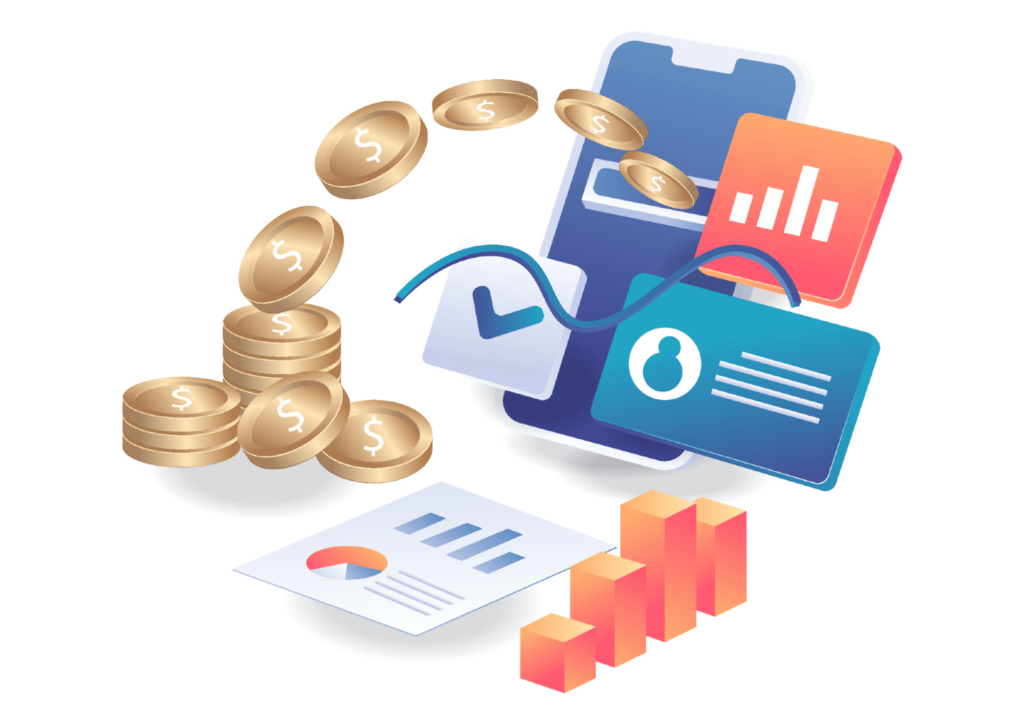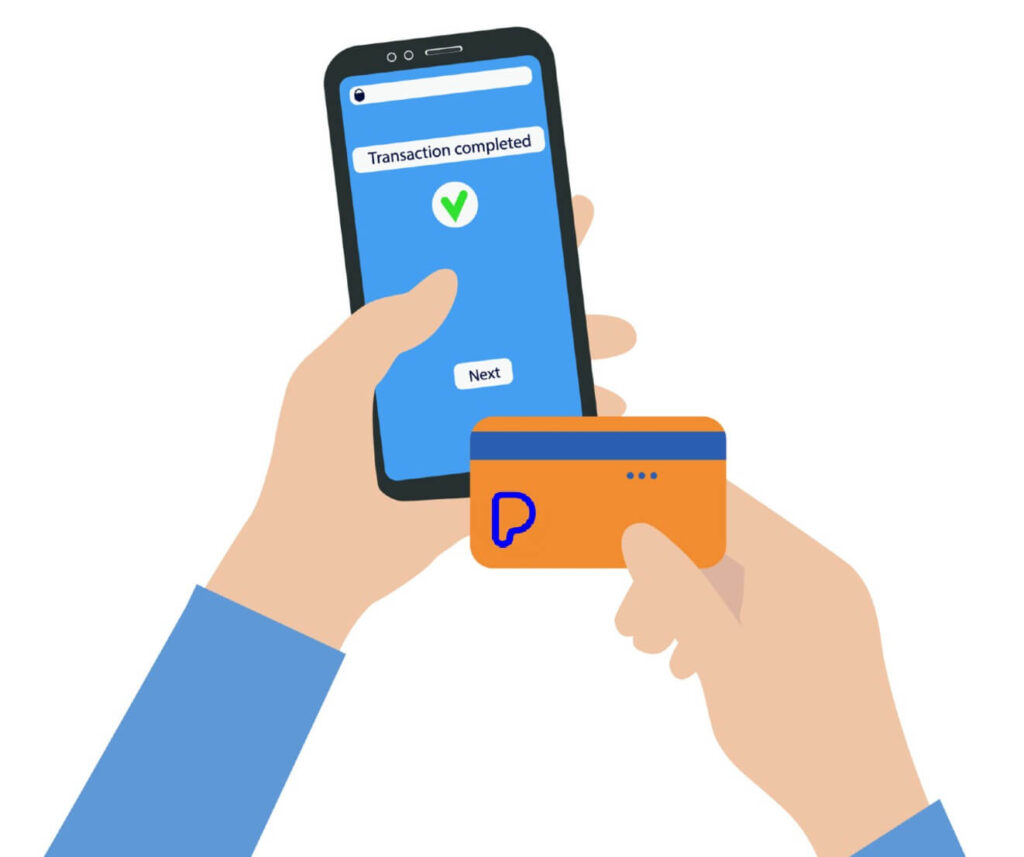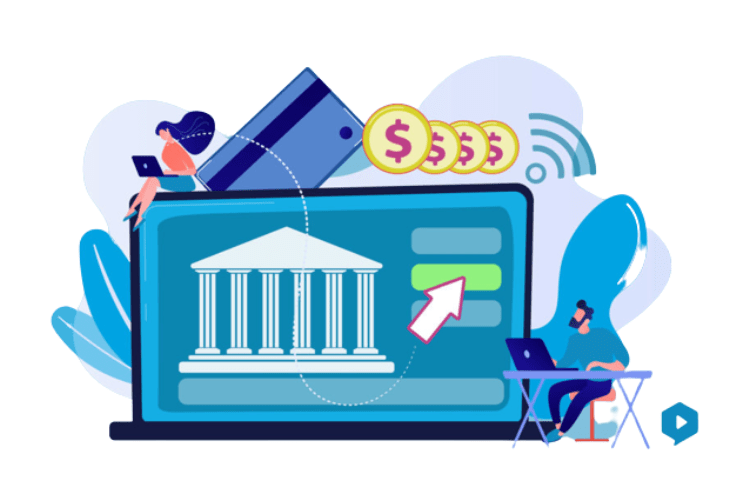In the modern business world, digital payments are becoming increasingly popular. E-money, also known as digital money, is a type of digital payment system that has been gaining traction in recent years. As businesses are always looking for ways to increase efficiency and enhance customer experience, e-money is becoming an increasingly attractive option. In this article, we will explore the benefits of e-money for businesses and the potential challenges that may arise during its adoption.
I. Introduction
E-money offers several benefits for businesses. First and foremost, it allows for faster and more efficient transactions. Unlike traditional payment methods, e-money transactions can be completed in real-time or within a few seconds, making it ideal for businesses that require instant payment confirmation.
Another advantage of e-money is its lower transaction fees. E-money providers typically charge lower fees than credit card companies or banks, making it a cost-effective payment option for businesses, particularly those that handle a large volume of transactions.
Moreover, e-money offers a higher level of security than traditional payment methods. Transactions are encrypted and require multiple layers of authentication, reducing the risk of fraud or theft. Additionally, e-money providers are subject to strict regulations and oversight, ensuring that businesses and consumers are protected against financial crimes and scams.
The adoption of e-money, however, is not without its challenges. One of the major obstacles to its widespread adoption is the lack of standardization and interoperability among different e-money providers. This can make it difficult for businesses to accept payments from different e-money providers or for consumers to transfer funds between different e-wallets.
Another challenge is the need for businesses to adapt their payment infrastructure to support e-money transactions. This includes upgrading their payment terminals, integrating e-money payment APIs into their websites or mobile apps, and training their staff to process e-money transactions.
In essence, e-money offers significant benefits for businesses, including faster transactions, lower fees, and improved security. However, businesses must also be aware of the challenges associated with its adoption, such as interoperability issues and the need for infrastructure upgrades. By addressing these challenges, businesses can leverage the advantages of e-money to provide their customers with more convenient and secure payment options.
II. Streamlining Payments with E-Money
E-money is rapidly gaining popularity among businesses due to its many advantages over traditional payment methods. One of the key benefits of e-money is its increased efficiency. Unlike cash or checks, e-money transactions can be completed in seconds, with funds transferred directly between accounts. This can significantly reduce the time and effort required to process transactions, enabling businesses to operate more efficiently and focus on other key areas of their operations.
In addition to its efficiency, e-money can also help businesses reduce operational costs. E-money providers typically charge lower transaction fees than traditional payment processors, which can help businesses save money on processing fees. Moreover, e-money payments can be automated, reducing the need for manual processing and enabling businesses to streamline their payment processes.
Another advantage of e-money is its enhanced security features. E-money providers use advanced encryption technologies and multi-factor authentication methods to ensure that payments are secure and protected against fraud. In addition, e-money transactions can be tracked and verified, making it easier for businesses to detect and prevent fraudulent activity.
Furthermore, e-money offers greater flexibility for businesses and their customers. With e-money, businesses can accept payments from customers across different geographies and time zones, making it easier to expand their customer base and reach new markets. Customers, on the other hand, can use e-money to make payments from anywhere, using their mobile devices or computers.
Therefore, e-money offers many advantages for businesses looking to streamline their payment systems and improve their operations. With its efficiency, lower costs, enhanced security, and flexibility, e-money is quickly becoming the payment method of choice for businesses around the world. As the global economy continues to shift towards digital payment systems, businesses that embrace e-money will be better positioned to compete and succeed in today’s fast-paced and rapidly changing marketplace.
III. Enhancing Customer Experience with E-Money
E-money has revolutionized the way businesses interact with their customers, providing them with new and innovative ways to enhance the customer experience. One of the key benefits of e-money in this regard is convenience. Customers today are looking for quick, hassle-free payment options, and e-money delivers just that. With e-money, customers can make payments quickly and securely using their mobile devices or computers, eliminating the need for cash or cards.
In addition to convenience, e-money can also offer increased security. Unlike traditional payment methods, e-money transactions can be tracked and verified, reducing the risk of fraud or other unauthorized activities. This can help to build trust with customers and improve the overall customer experience.
Another advantage of e-money is its ability to personalize payment options. Businesses can offer customers the option to use their preferred payment method, such as Apple Pay, Google Pay, or Venmo. This not only provides customers with greater flexibility and choice but also helps to increase customer loyalty and engagement.
Many businesses have already started using e-money to enhance the customer experience. For example, Uber and Starbucks both offer e-money payment options, allowing customers to pay for rides and coffee using their mobile devices. This not only makes the payment process more convenient but also helps to build brand loyalty and increase customer engagement.
Overall, e-money has transformed the way businesses interact with their customers, providing them with new and innovative ways to enhance the customer experience. With its convenience, increased security, and personalized payment options, e-money is quickly becoming a key driver of customer satisfaction and loyalty. As such, businesses that embrace e-money are well-positioned to succeed in today’s fast-paced and competitive marketplace.

IV. Challenges and Considerations
One of the biggest challenges of e-money adoption for businesses is regulatory compliance. In many countries, e-money providers are subject to strict regulations and licensing requirements. Businesses must ensure that they comply with these regulations to avoid penalties and fines. For example, in the United States, e-money providers must register with the Financial Crimes Enforcement Network (FinCEN) and adhere to anti-money laundering (AML) and know your customer (KYC) regulations.
Another challenge businesses face is integrating e-money with their existing payment systems. This can be a complex and time-consuming process, especially for businesses with legacy systems. To ensure a smooth transition, businesses must carefully plan and test the integration process to avoid any disruptions to their operations.
Customer adoption and education is another challenge for businesses when implementing e-money. Some customers may be hesitant to use new payment methods, especially if they are not familiar with them. Businesses must provide clear and concise information about the benefits of e-money and how to use it. This can be done through marketing campaigns, customer service initiatives, and user education.
Finally, businesses must also consider the cost of adopting e-money. This includes the cost of developing and maintaining the system, as well as any transaction fees associated with the e-money provider. While e-money can help reduce transaction fees in the long run, businesses must carefully evaluate the costs and benefits of e-money adoption before making the switch.
Conclusion
Furthermore, e-money is not only beneficial for businesses, but it also benefits consumers. E-money provides a more convenient and secure way of making transactions. With the increasing popularity of mobile devices, consumers can make payments on the go, without having to carry cash or cards. Additionally, e-money allows consumers to keep track of their transactions, making it easier for them to manage their finances.
E-money also provides a more accessible payment option for underbanked and unbanked individuals. In many parts of the world, access to traditional banking systems is limited, and e-money can offer a digital alternative for making and receiving payments. This can help to promote financial inclusion and economic growth.
As e-money continues to gain popularity, businesses and consumers need to be aware of potential security risks. E-money providers must implement strong security measures to protect against cyber attacks and data breaches. This includes measures such as encryption, two-factor authentication, and fraud monitoring.
Finally, businesses should also be aware of the potential for e-money to disrupt the traditional banking industry. E-money providers are not subject to the same regulations and oversight as traditional banks, which can lead to concerns about financial stability and consumer protection. However, this can also lead to innovation and competition in the financial sector, ultimately benefiting consumers.
In summary, while there are challenges and considerations associated with e-money adoption, the benefits of increased efficiency, convenience, and financial inclusion make it an attractive option for businesses and consumers alike. As the digital economy continues to evolve, e-money is likely to play an increasingly important role in shaping the future of payments and financial services.
How can Payine help you?
Payine can help businesses streamline their payment processes and enhance customer experience by providing a comprehensive e-money platform. With Payine, businesses can easily process payments quickly and securely, reducing the time and effort required to process transactions. Payine also offers low transaction fees, which can help reduce operational costs.
Payine’s platform also includes personalized payment options, allowing businesses to offer their customers the option to use their preferred payment method, such as dedicated multi-currency IBAN to receive and send B2B, B2C & C2B wires, VISA and MasterCard, Apple Pay, Google Pay and PayPal. This can help increase customer loyalty and engagement.
In addition, Payine ensures regulatory compliance, making it easier for businesses to adopt e-money payments without worrying about regulatory considerations. Payine’s platform is also designed to integrate seamlessly with existing payment systems, ensuring a smooth transition.
Finally, Payine provides customer support to help businesses and their customers understand the benefits of e-money and how to use it effectively. Overall, Payine can be a valuable partner for businesses looking to streamline their payment processes and enhance customer experience with e-money.




